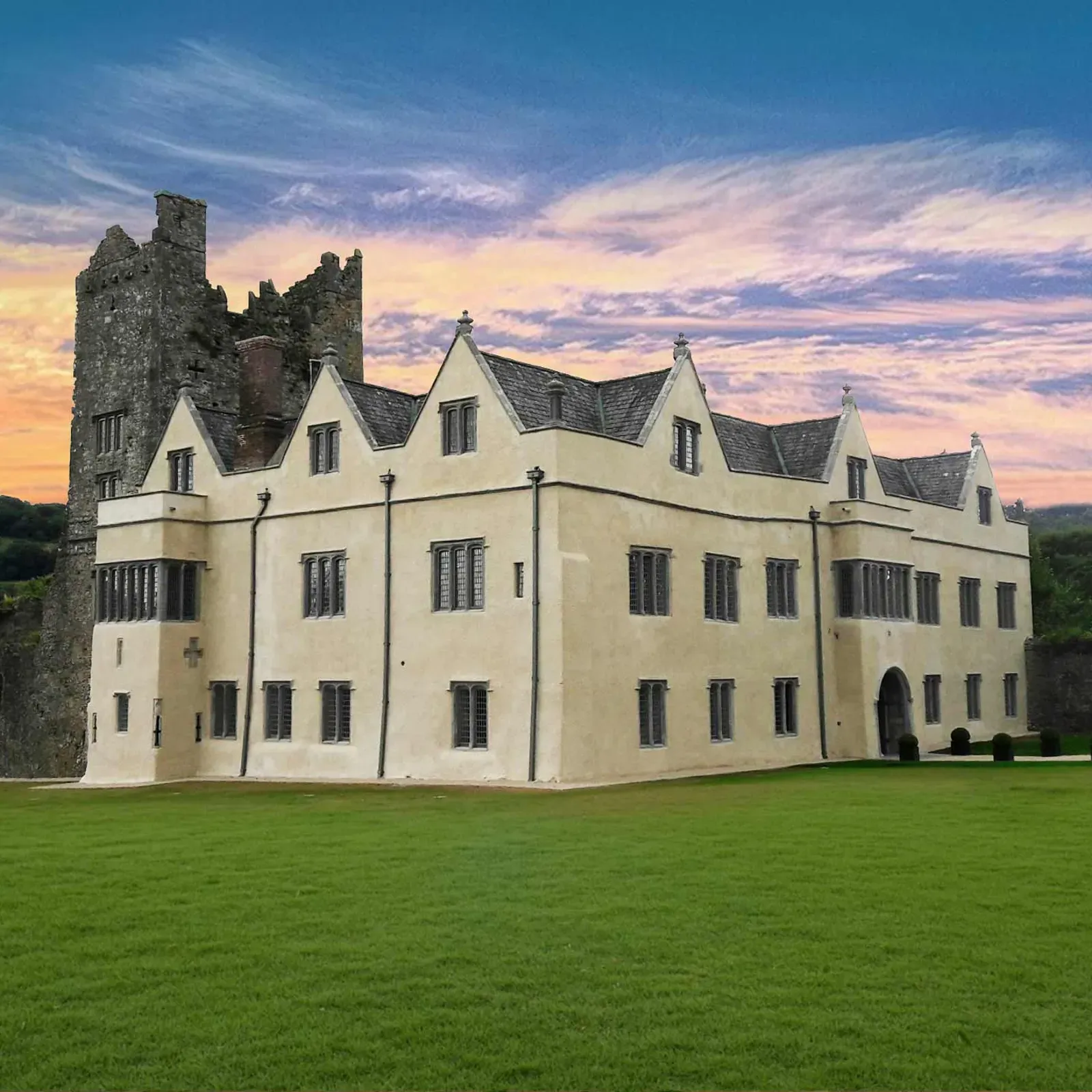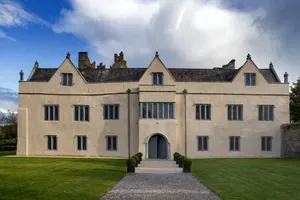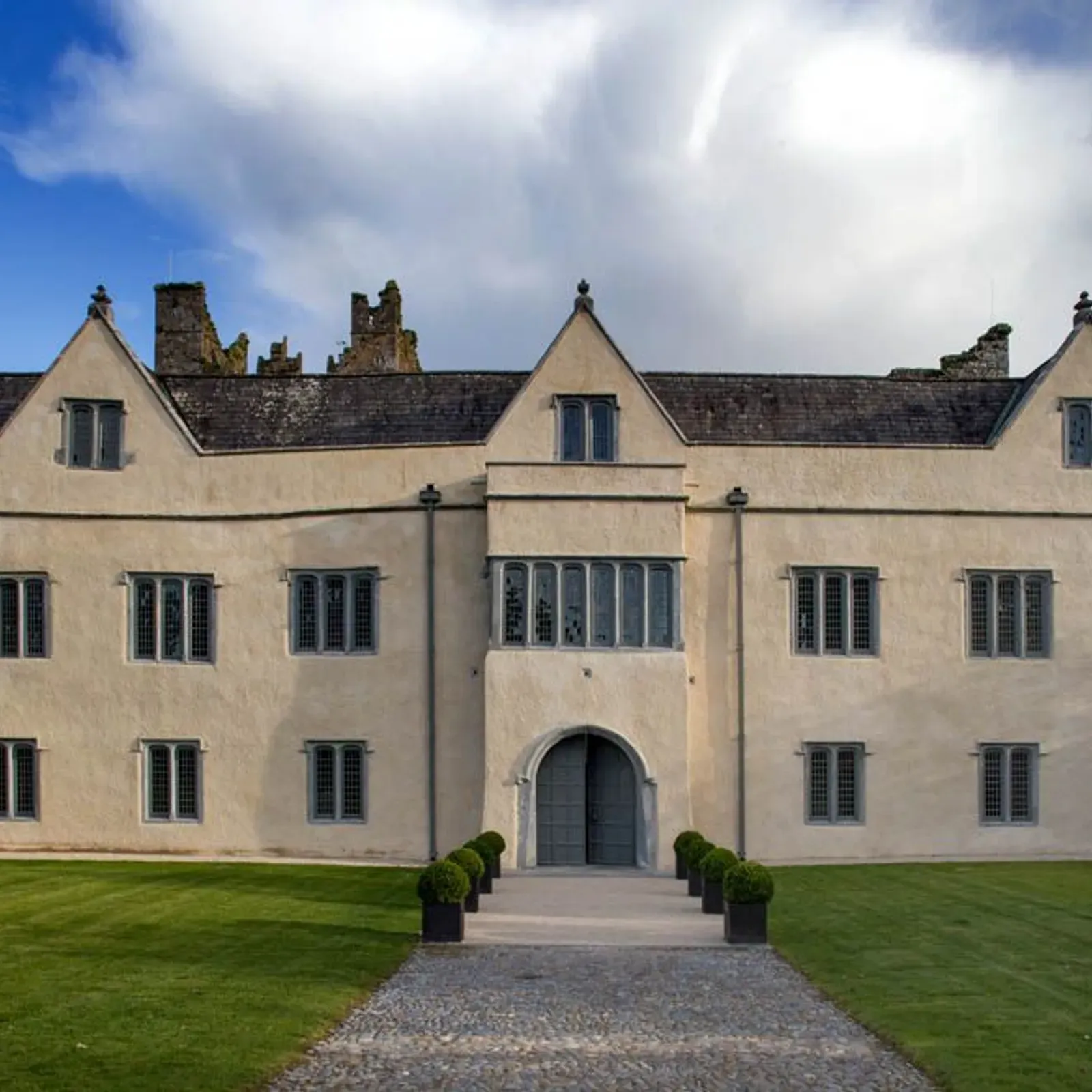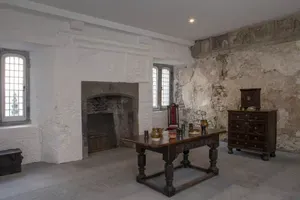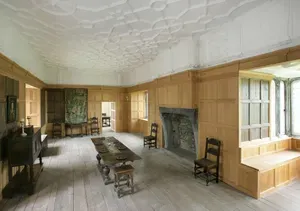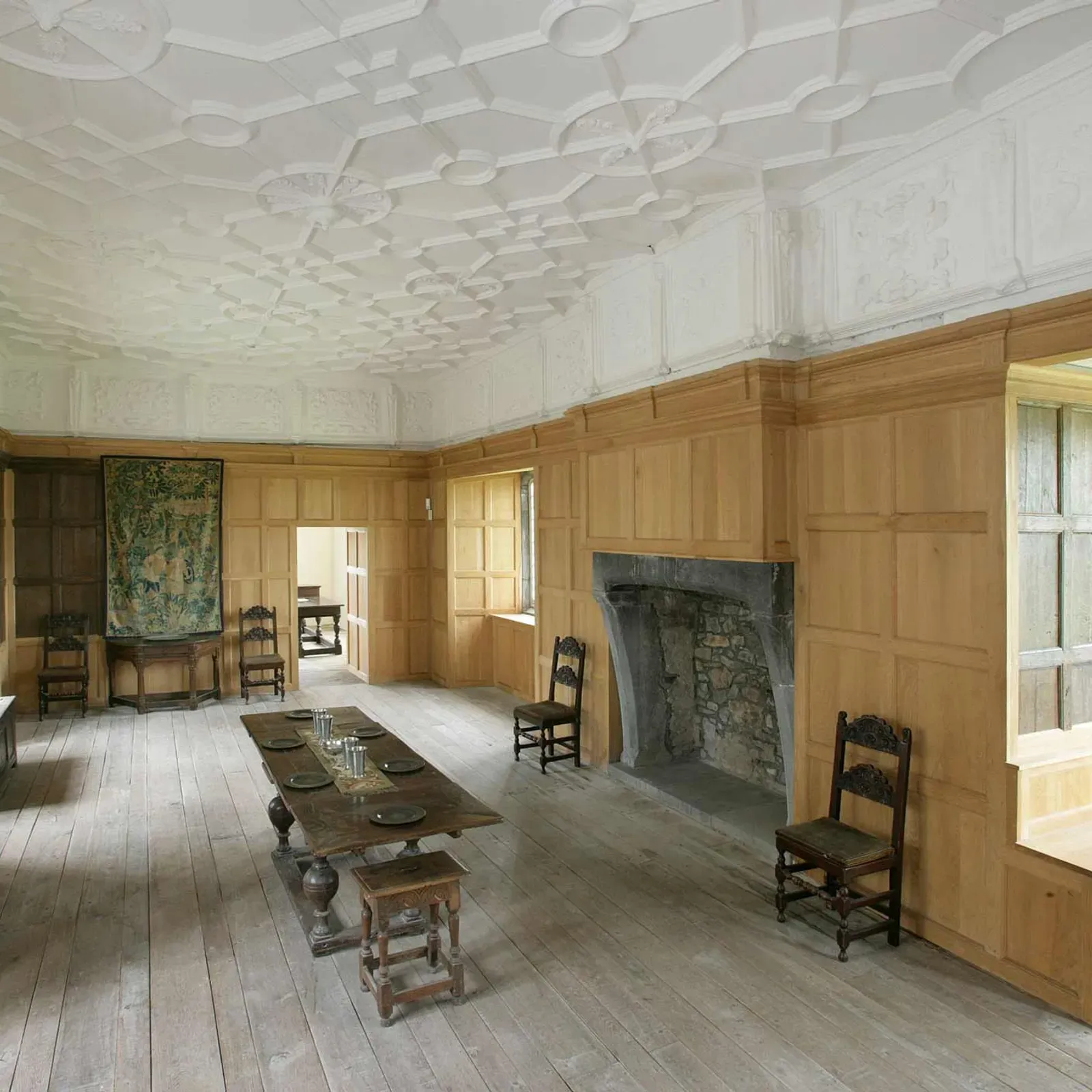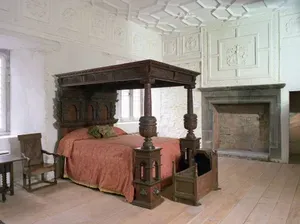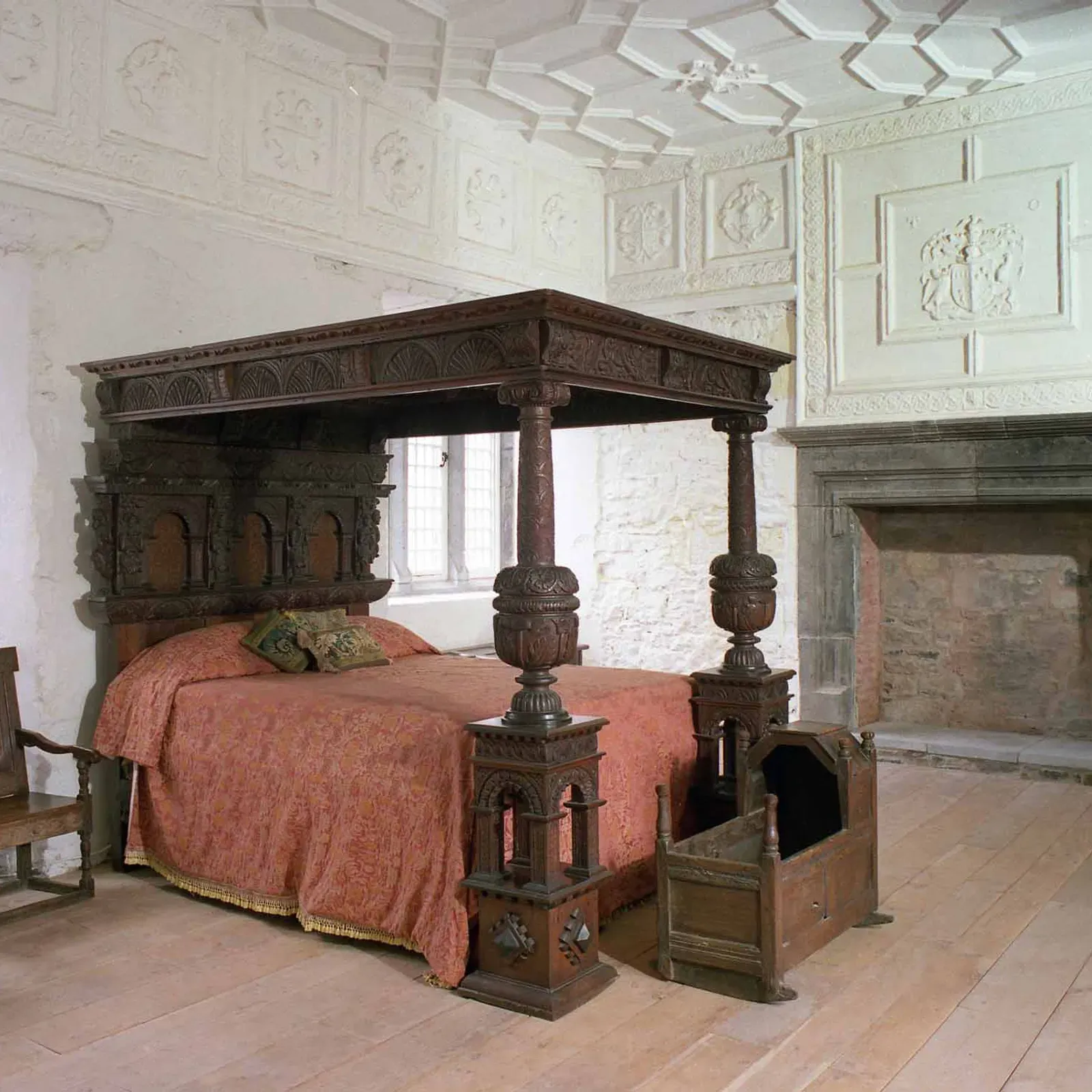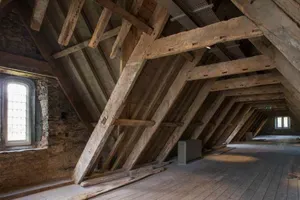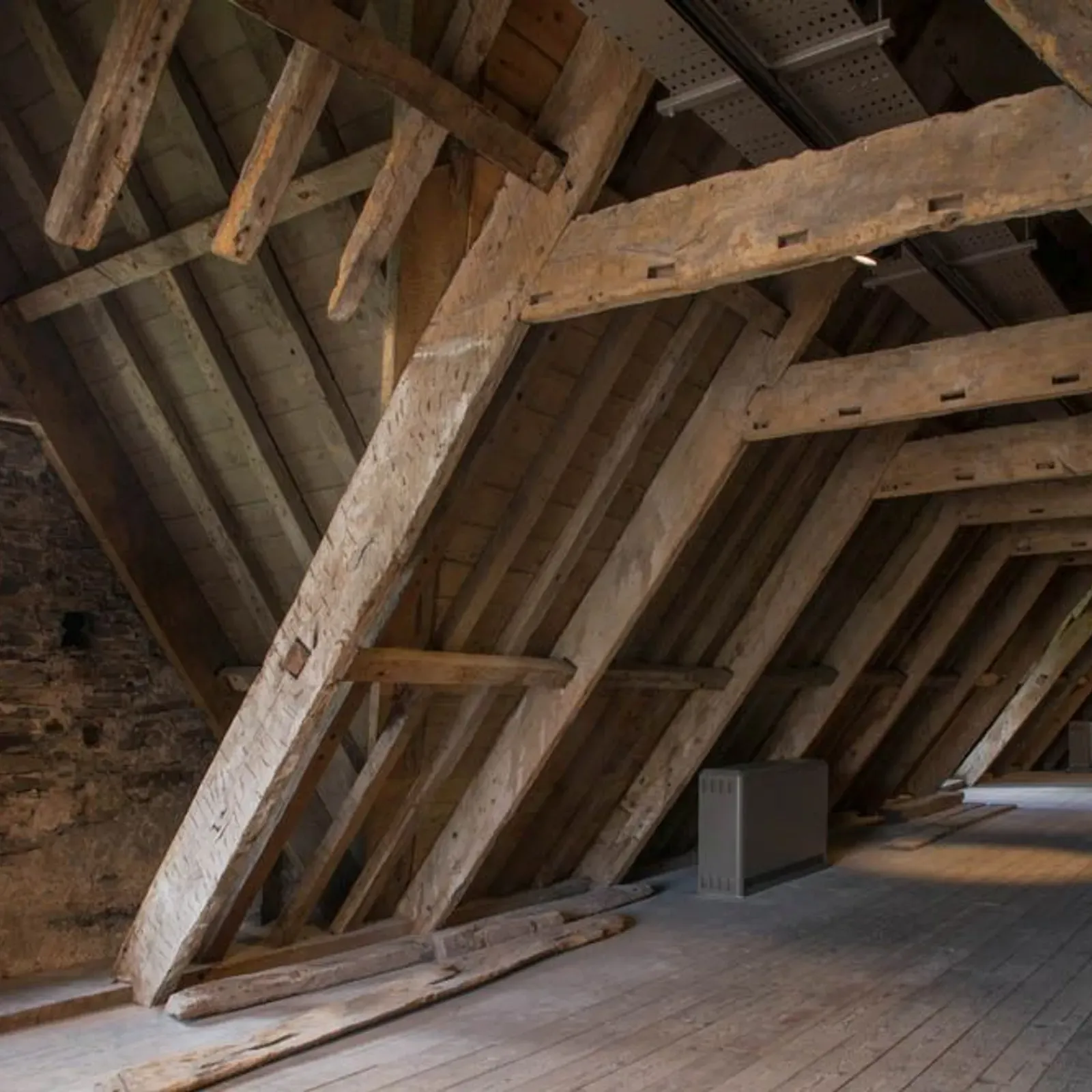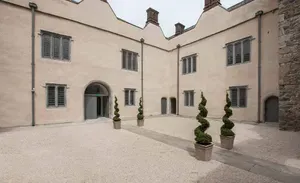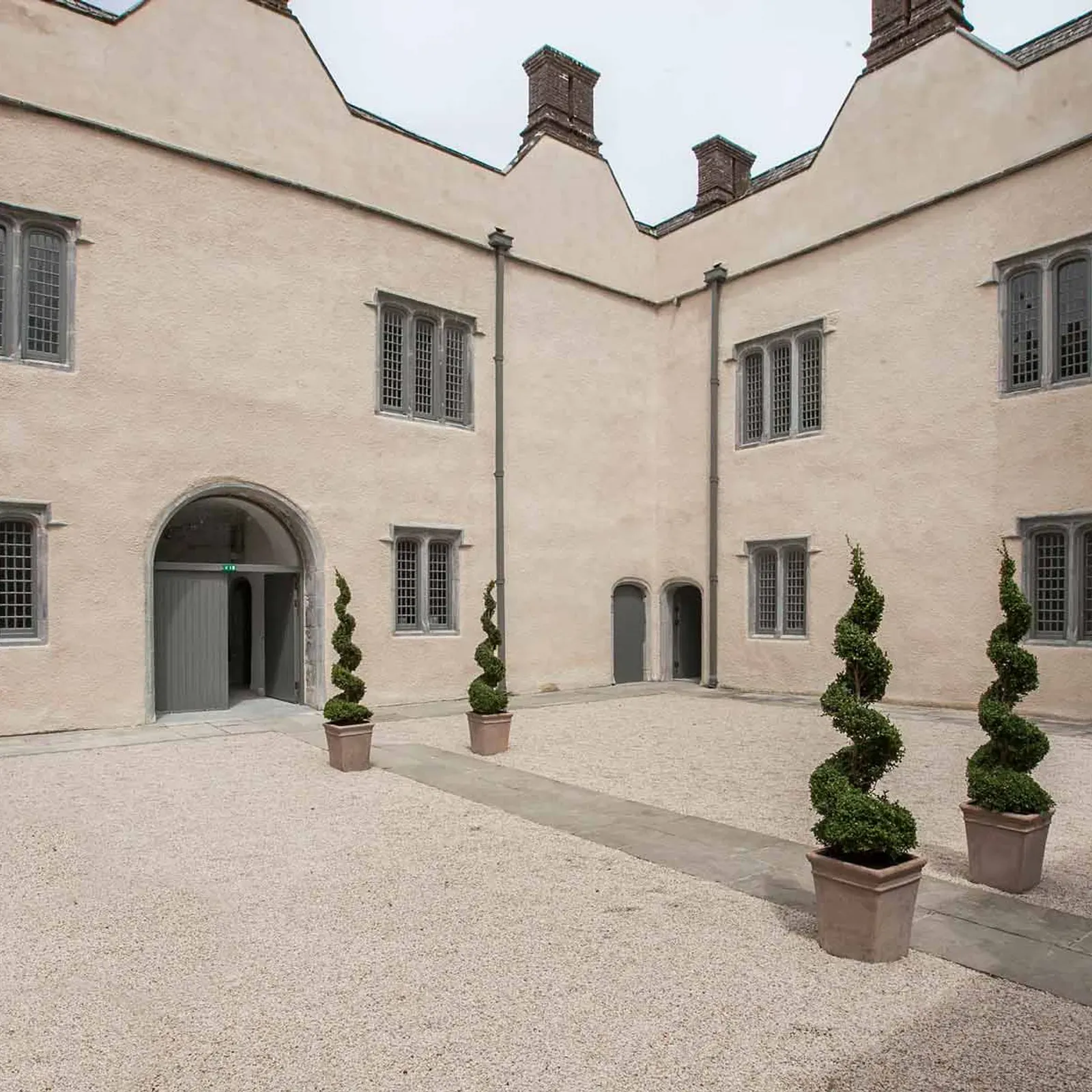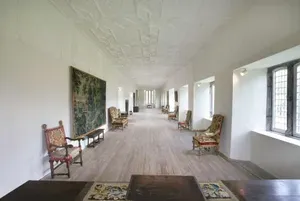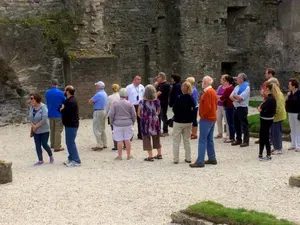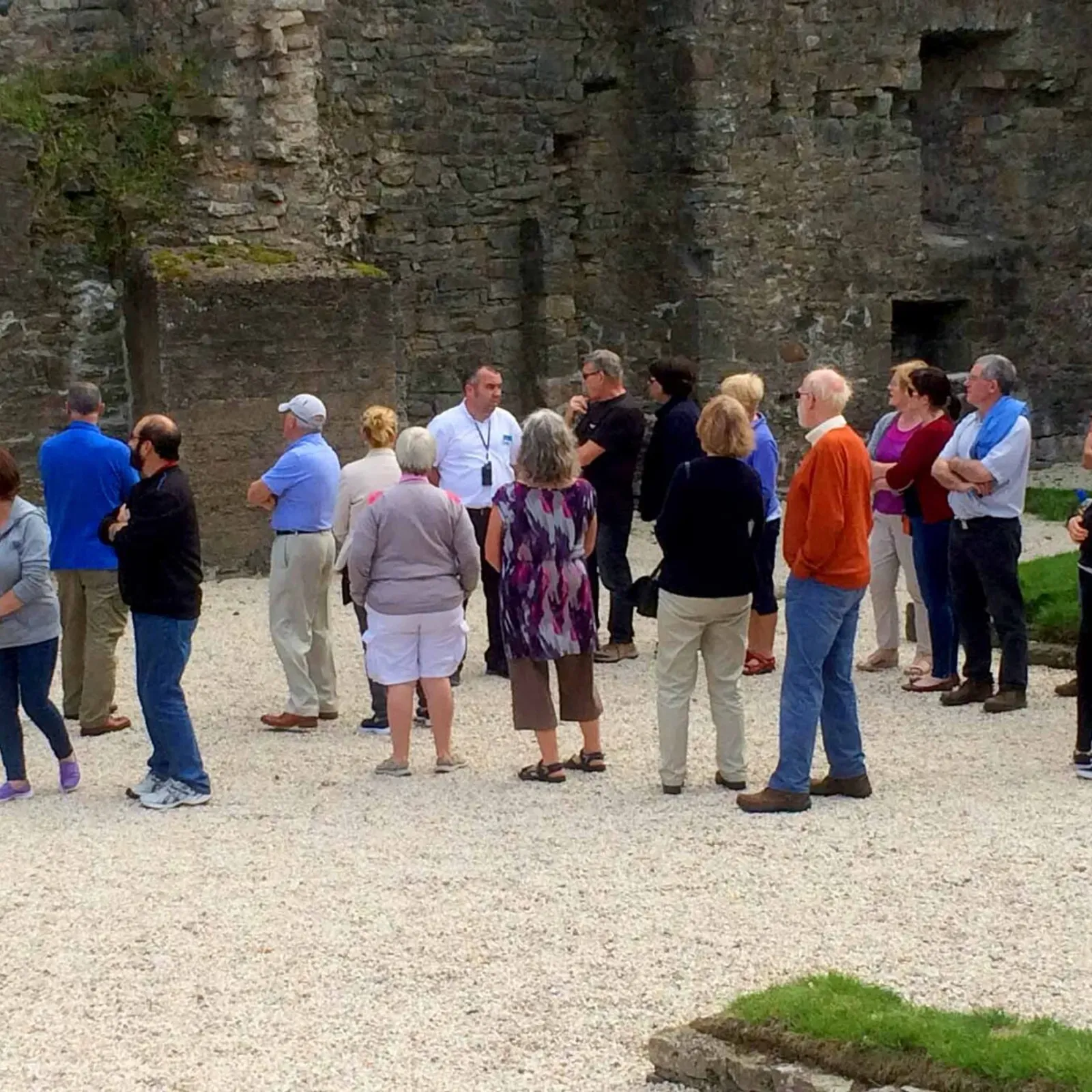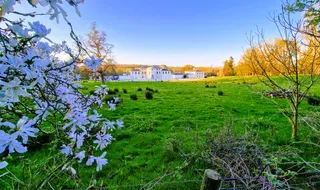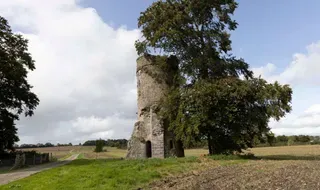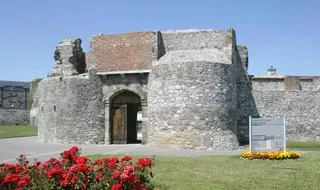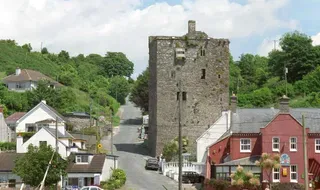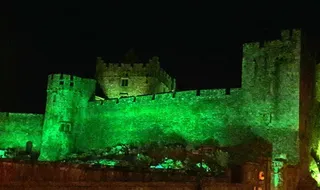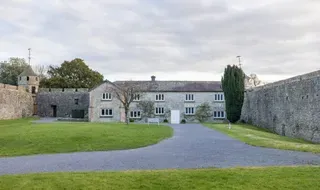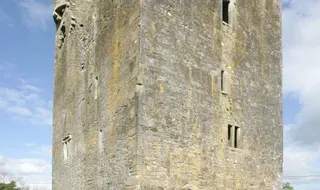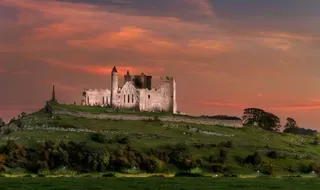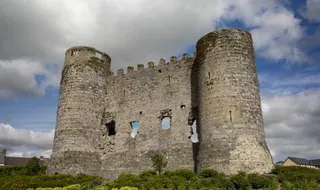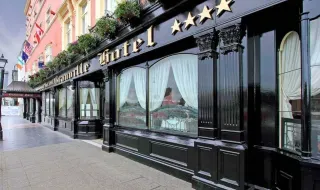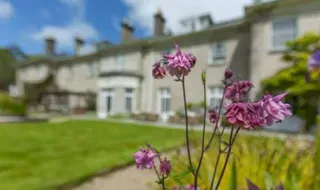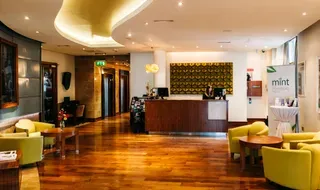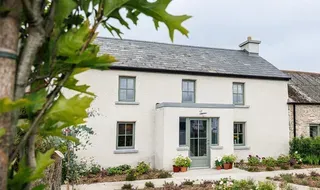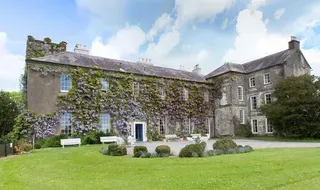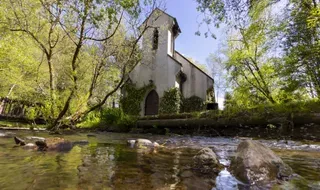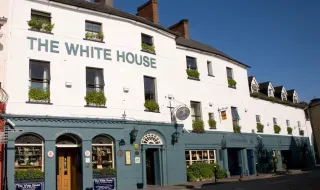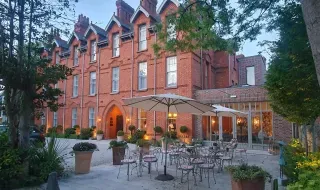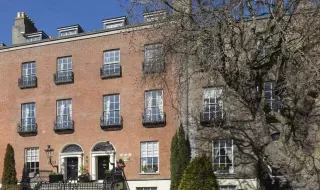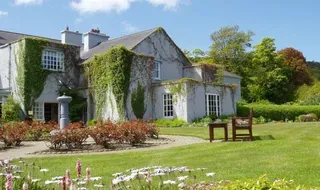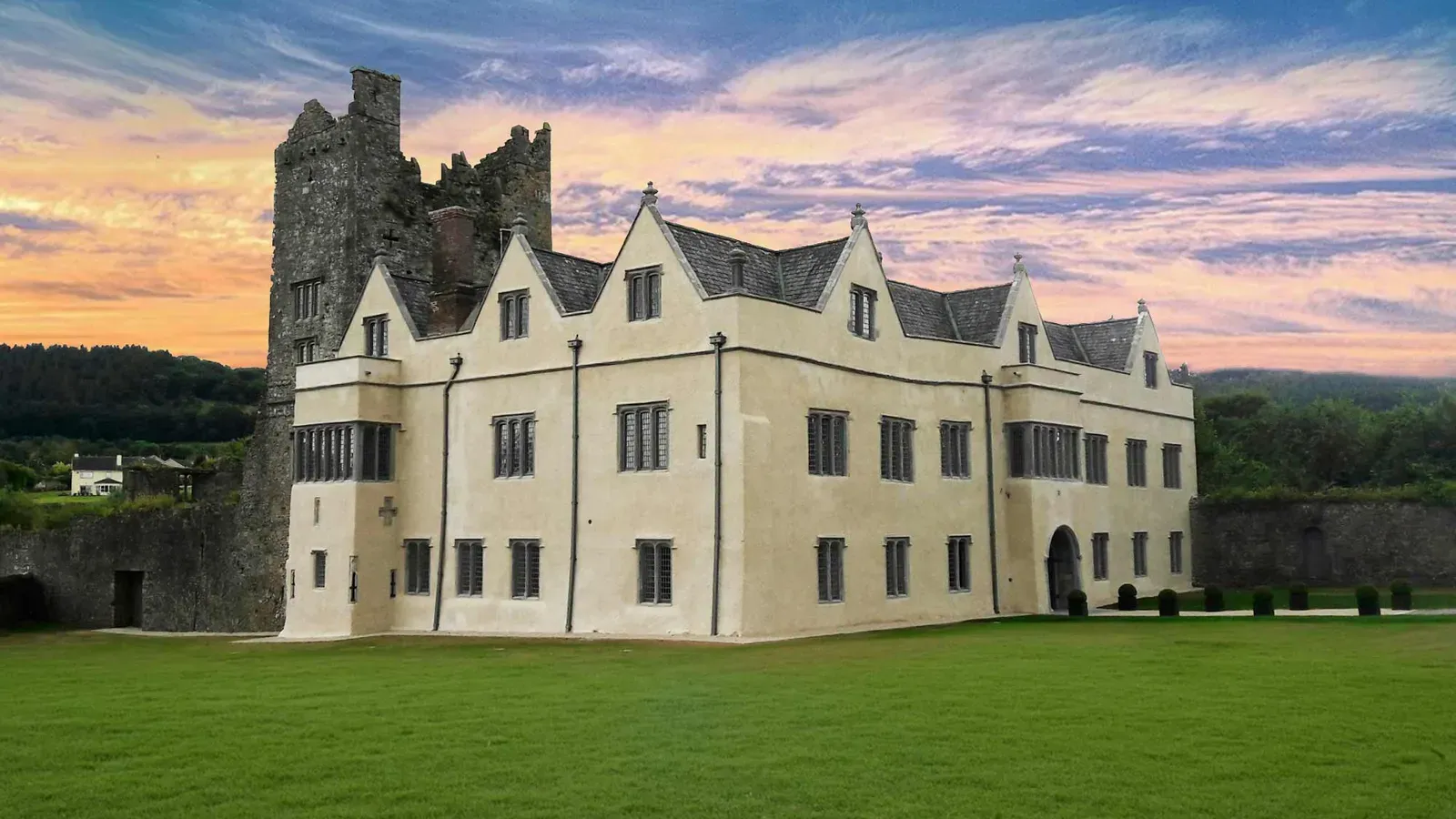
Where English Grandeur Meets Irish Soil
Built in the 1560s by Thomas Butler, the 10th Earl of Ormond, Ormond Castle was designed not as a fortress, but as a luxurious manor house. Thomas had spent time in the court of Queen Elizabeth I and wanted to bring a bit of that refined Renaissance flair back home. The result? A beautiful blend of Irish stone and English style, and the only surviving example of its kind in Ireland.
What sets Ormond Castle apart is how it reflects a peaceful time—unusual for Irish castles. With its large mullioned windows, elegant plasterwork, and decorative chimneys, this was a house meant to impress, not defend.
A Personal Connection to the Queen
There’s a fascinating bit of lore surrounding Thomas Butler himself—he was a cousin to Queen Elizabeth I, and their relationship was more than just political. Some say he may have been considered as a suitor, though marriage was never on the cards. Still, the affection was genuine, and it’s said Thomas built Ormond Castle in her honour. The plasterwork in the Long Gallery even features the Tudor rose and other royal symbols.
Things to See and Do
Take a guided tour through the castle’s halls and chambers, including the stunning Long Gallery with its ornate stucco ceiling—an architectural rarity in Ireland. The exhibition panels do a fine job of walking you through the story of the Butlers and their royal connections.
You’ll also see remnants of earlier medieval structures on the site, giving you a sense of how this place evolved over centuries.
Practical Tips for Travelers
Ormond Castle is located just a short walk from Carrick-on-Suir town centre. Guided tours are included with admission and are well worth taking—especially if you want to catch all the hidden symbols and stories carved into the walls and ceilings.
The castle is open seasonally, so check ahead for opening times, especially if you’re visiting outside the summer months.
After your visit, head into the town for a stroll along the River Suir. The riverside walk offers lovely views and a peaceful way to reflect on the rich slice of history you've just stepped through at Ormond Castle.

